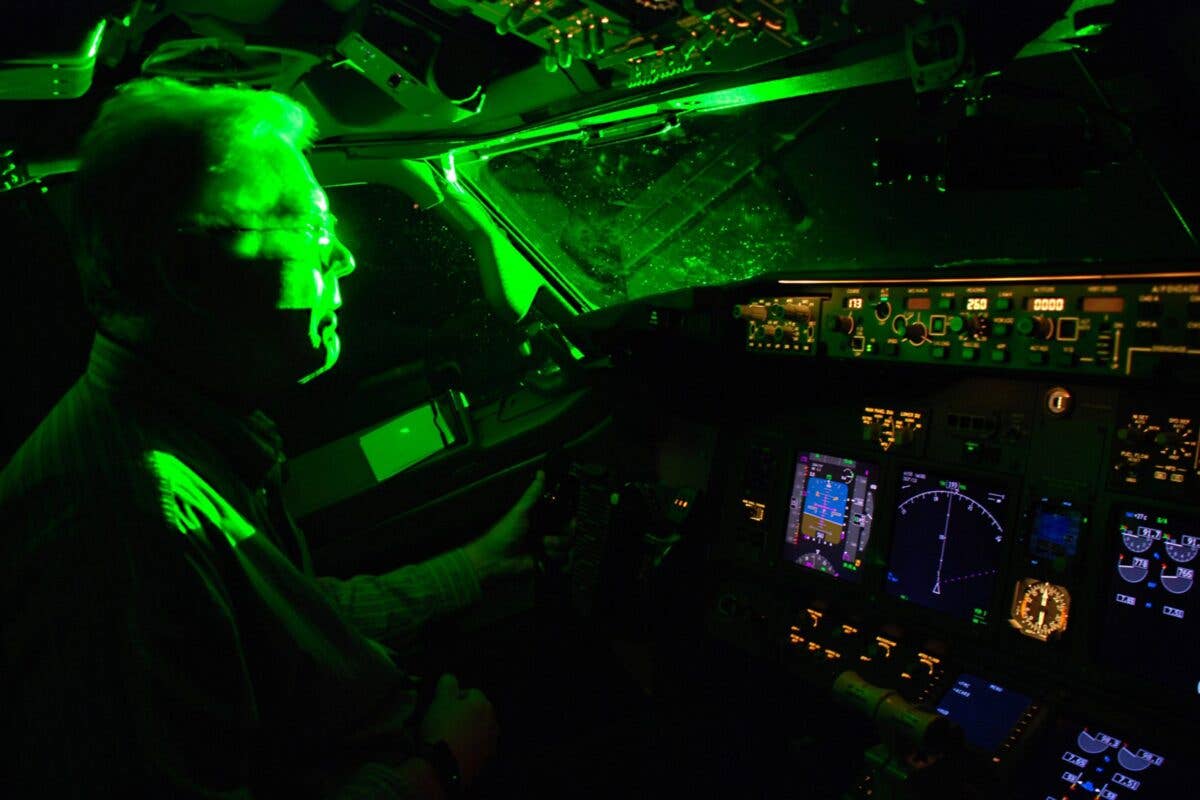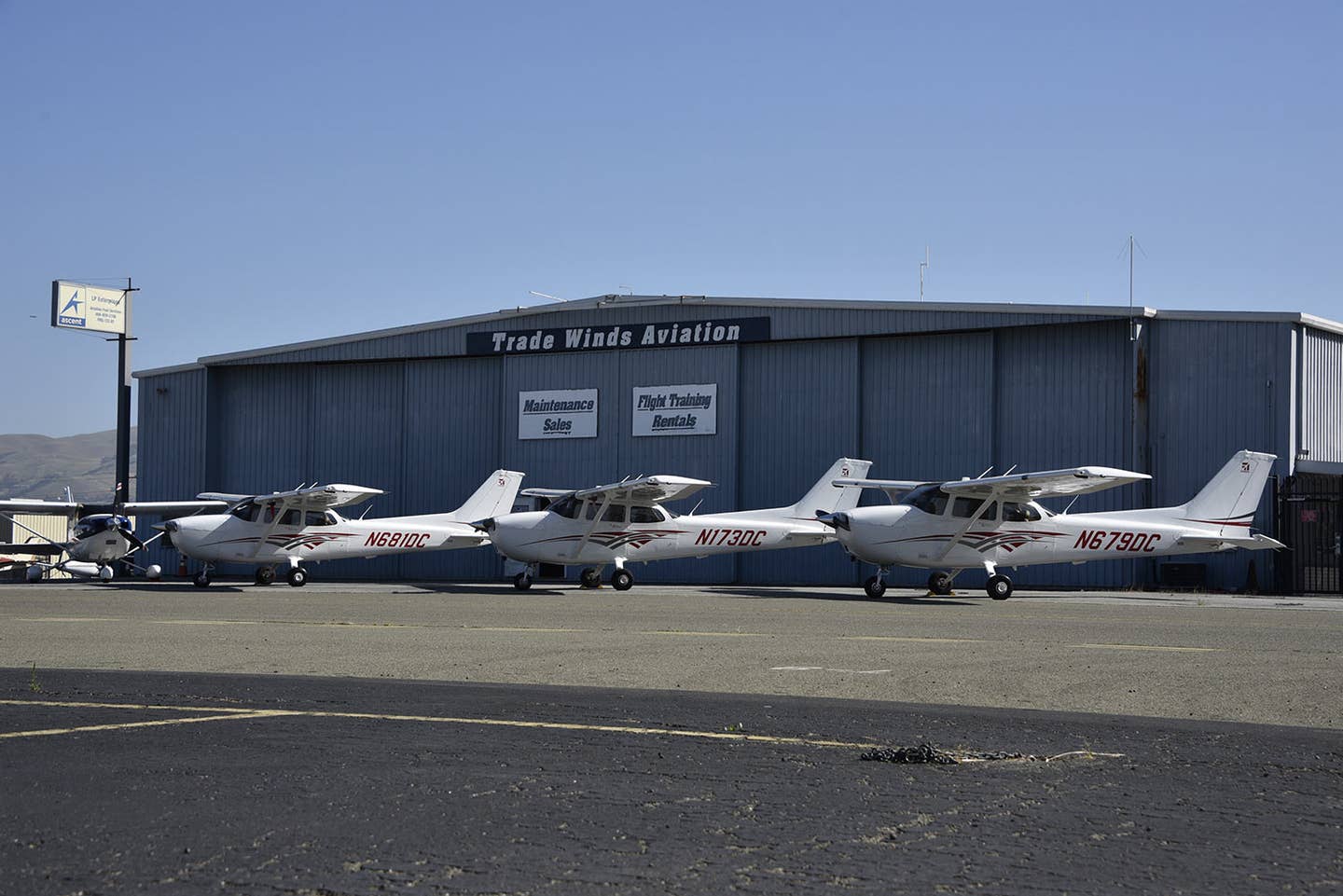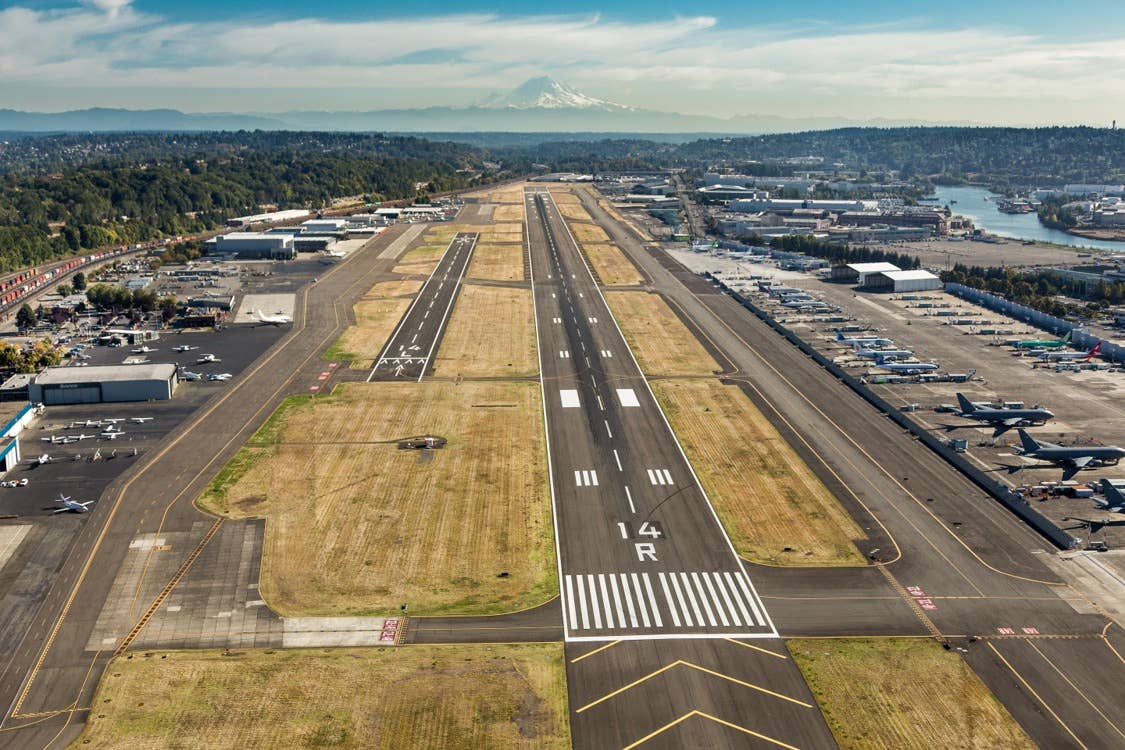Here’s How the FAA Prepares Year-Round for Hurricanes
Long-range traffic radars and air traffic control towers built in prone areas are designed to sustain hurricane-force winds.

The FAA has backup generators and fuel for them standing by in case they are needed in the event of commercial power outages. [Credit: iStock]
The FAA prepares for hurricanes year-round, and has procedures in place for when and where they strike, which also helps it to restore air service quickly after the storms pass.
According to the agency, the Joint Crisis Action Team at the FAA Command Center oversees and coordinates planning before a storm hits as well during the aftermath and cleanup.
The responsibility includes helping prioritize activities in the affected airspace and getting the needed resources to the areas hit hardest.
This was demonstrated recently following Hurricane Helene, when roads and bridges were damaged and left impassable by debris, leaving air travel as the only option to get needed emergency help to devastated areas in parts of Florida, Georgia, North Carolina, and Tennessee.
When it becomes likely that a storm will strike FAA facilities, the agency covers equipment inside buildings to protect it in the event the roof or windows leak or are torn away. Airport surveillance radar antennas are also disabled to allow them to spin freely to minimize storm damage to the internal motors.
The agency said that long-range traffic radars and FAA control towers built in prone areas are designed to sustain hurricane-force winds. When the winds reach this level, controllers are evacuated from the tower to a shelter in a lower level of the building. The agency said they stay on duty and return to the tower as soon as a storm passes and it is determined safe to do so.
The FAA has backup generators and fuel for them standing by in case they are needed in the event of commercial power outages. These generators are tested prior to a storm arrival. In addition, the agency has teams of technicians staged just outside the eye of the storm and ready to make necessary repairs to get services restored as soon as possible.
After a storm has passed, the FAA Command Center works with both federal and state authorities to facilitate relief efforts and coordinate temporary flight restrictions (TFRs) and Notice to Air Missions (NOTAMs) to keep pilots apprised of the situation.

Sign-up for newsletters & special offers!
Get the latest FLYING stories & special offers delivered directly to your inbox






